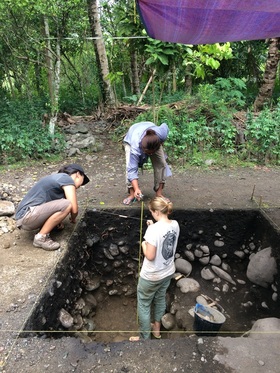
Margaret Von Rotz, UCLA, 16 June 2016
What brought me to the Ifugao Field School has nothing to do with archeology. I am not an anthropology major, nor am I full Filipino. So why am I here?
Let’s start with what I am – I’m Margaret Von Rotz, a half-Pilipina, half-white rising third year at UCLA. I’m an International Development Studies major (hopefully). And I’m from Ifugao. Me: as in my mom, her family, our ancestors, my heritage. My mom, Roselyn Palaghicon Von Rotz, was born and raised in Kiangan, Ifugao, and I’m fortunate enough to have visited her village 4 times now. I, by chance, heard about Professor Acabado’s research through a former field school student. The thought of my indigenous culture being something worth studying was beyond my own comprehension, and I slowly realized what a unique opportunity this would be.
Though I found out about the field school during my first quarter at UCLA, it took me a year to finally apply. I was extremely intimidated by the fact that I had no archaeological research experience, or any research experience at all. I was decidedly pre-med. I was incapable of claiming my indigenous heritage as my own. By my second-year, I changed majors, applied to the field school, and got involved with the Pilipinx community as I waited for the notification. I worked with Samahang Pilipino (the voice of undergraduate Pilipinx students at UCLA) to lobby and advocate for Filipino-American veterans of WWII in Los Angeles and Washington DC. I participated in UCLA’s Samahang Pilipino Cultural Night to learn more about Kordilyeran culture. I took Filipino classes to learn the language and more Philippine history. I began getting to know people in Anakbayan LA and Gabriela, both of which are great grass-roots organizations with goals of creating equity for Pilipinxs worldwide. In this transformative year, I thought about my own indigenous heritage within a larger context as part of the Pilipinx diaspora, and how being an International Development Studies major (and doing this research) could help me dissect the social and political issues facing the motherland and my people today.
For my research, I have a lot of work to do, in much of what I consider uncharted territory for myself. I’m deeply interested in pericolonialism and its effects on religion and social systems among the Ifugao. As an Ifugao woman who has personally experienced several interesting fusions of traditional Ifugao belief systems and the imposed Catholic belief system, I’m ready to investigate how these fusing of belief systems could be examples of resistance to Spanish colonialism.
I’m excited for what I’m going to learn academically and the skills I will gain, but what I’m most excited for is the chance to rediscover Ifugao. I know I won’t look at its roads, its buildings, its homes, its terraces, and its people in the same way. Ifguao has always been a homeland in my heart that would always be too distant, too foreign, too inexplicably Tuwali Ifugao that I could never claim it as just a half-Pilipina. But I know that this research will only increase my Ifugao pride, make me more knowledagble about my people and my identity, and give me the tools to help my community in Ifguao, in California, and beyond. I can’t wait to share my experiences with all of you!
What brought me to the Ifugao Field School has nothing to do with archeology. I am not an anthropology major, nor am I full Filipino. So why am I here?
Let’s start with what I am – I’m Margaret Von Rotz, a half-Pilipina, half-white rising third year at UCLA. I’m an International Development Studies major (hopefully). And I’m from Ifugao. Me: as in my mom, her family, our ancestors, my heritage. My mom, Roselyn Palaghicon Von Rotz, was born and raised in Kiangan, Ifugao, and I’m fortunate enough to have visited her village 4 times now. I, by chance, heard about Professor Acabado’s research through a former field school student. The thought of my indigenous culture being something worth studying was beyond my own comprehension, and I slowly realized what a unique opportunity this would be.
Though I found out about the field school during my first quarter at UCLA, it took me a year to finally apply. I was extremely intimidated by the fact that I had no archaeological research experience, or any research experience at all. I was decidedly pre-med. I was incapable of claiming my indigenous heritage as my own. By my second-year, I changed majors, applied to the field school, and got involved with the Pilipinx community as I waited for the notification. I worked with Samahang Pilipino (the voice of undergraduate Pilipinx students at UCLA) to lobby and advocate for Filipino-American veterans of WWII in Los Angeles and Washington DC. I participated in UCLA’s Samahang Pilipino Cultural Night to learn more about Kordilyeran culture. I took Filipino classes to learn the language and more Philippine history. I began getting to know people in Anakbayan LA and Gabriela, both of which are great grass-roots organizations with goals of creating equity for Pilipinxs worldwide. In this transformative year, I thought about my own indigenous heritage within a larger context as part of the Pilipinx diaspora, and how being an International Development Studies major (and doing this research) could help me dissect the social and political issues facing the motherland and my people today.
For my research, I have a lot of work to do, in much of what I consider uncharted territory for myself. I’m deeply interested in pericolonialism and its effects on religion and social systems among the Ifugao. As an Ifugao woman who has personally experienced several interesting fusions of traditional Ifugao belief systems and the imposed Catholic belief system, I’m ready to investigate how these fusing of belief systems could be examples of resistance to Spanish colonialism.
I’m excited for what I’m going to learn academically and the skills I will gain, but what I’m most excited for is the chance to rediscover Ifugao. I know I won’t look at its roads, its buildings, its homes, its terraces, and its people in the same way. Ifguao has always been a homeland in my heart that would always be too distant, too foreign, too inexplicably Tuwali Ifugao that I could never claim it as just a half-Pilipina. But I know that this research will only increase my Ifugao pride, make me more knowledagble about my people and my identity, and give me the tools to help my community in Ifguao, in California, and beyond. I can’t wait to share my experiences with all of you!
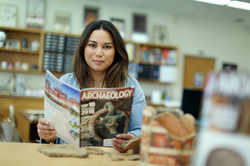
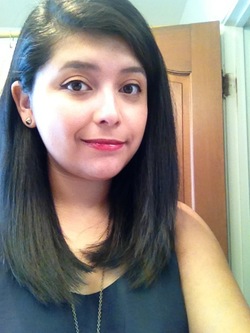
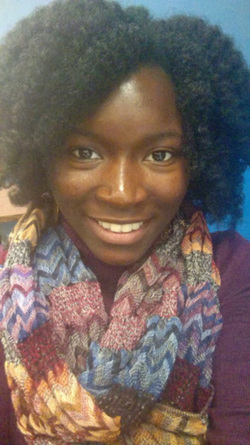
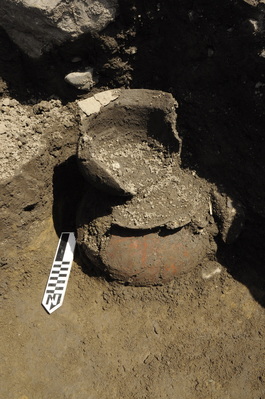
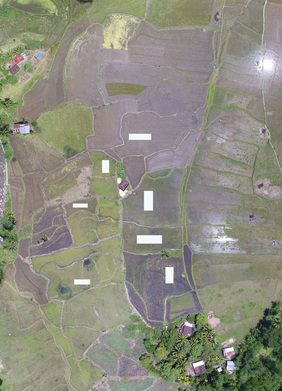
 RSS Feed
RSS Feed
